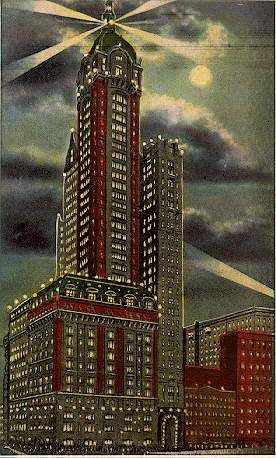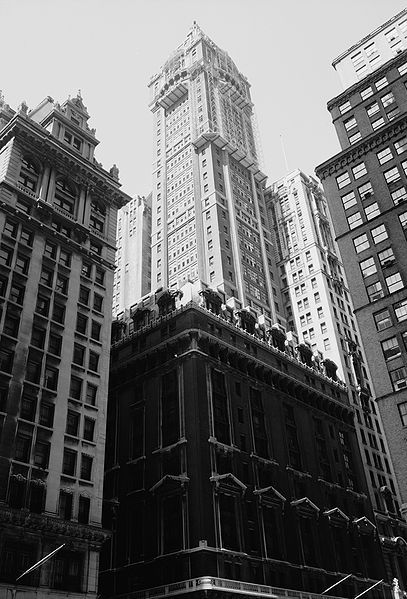doug
Active Member
management can let the building deteriorate and then have the building condemned.
Condo management is paid for by the condo owners. It's doubtful they'd let their investments deteriorate.
management can let the building deteriorate and then have the building condemned.
Condo management is paid for by the condo owners. It's doubtful they'd let their investments deteriorate.
However, reading through the Toronto Then & Now thread on this forum, I started thinking, I wonder if the condos we love will stand the test of time - both from a purely physical standpoint (are they engineered to stand for 150 years) and from an aesthetic perspective (will they be considered important historical building worth preserving 150 years from now?)
Although, it should be noted that there have been cases where a very short-sighted board of directors and owners who have no priorities beyond keeping monthly condo fees as low as possible, have let a building deteriorate to an alarming degree. The condo at the north east corner of Bay and Gerrard is an example of this. It is one of those buildings where the value of the units has actually decreased over time.
thanks for starting this thread, i've always begged to ask/ponder the question...
Today, and to me, i love the range of architecture in buildings AND condos that are still being built today. We have contemporary, glass (and more future-proof look wise) buildings such as RBC centre, as well as older-looking classic buildings such as Uptown Residences.
This is great, but as an architect (i'm not an architect, just putting myself in ones shoes) with the future in mind, i'd want my buildings to look good 100 years from now as well as maintain its quality and structural strength. I don't really understand why people still build old-looking brick condos that will look antique in years to come, heck, we already know what a future-looking skyscraper looks like (mostly glass facades with sharp edges).. and yes, i do understand that some buildings with older designs are timeless,
I really do find it scary looking ahead 100-150 years and knowing how these buildings hold up, especially the 100m+ ones. Will they structurally be intact/stay planted in the ground? the ground/geography/soil changes all the time, and everything deteriorates with age. and when these buildings are taken down, how would you demolish/take down a 150m+ skyscraper with re-enforced concrete, rebar, and all.... something that was designed not to be destroyed and to withstand forces...
scary stuff looking that far into the future......... i'm gonna get high now.
The Liberties? I'd say that's a case where the deterioration is clear only to those who live there. It isn't as if there's a clear, explisit demographic upheaval a la St James Town...at least, yet...
An interesting example here is St. James Town. When this development was new, it was considered to be the Cityplace of it's time (late 1960s.) Now look at it. On the other hand, it's still around. Just re-purposes as low budget rentals.
I'm curious how you would even demolish a 50+ story building?! I mean you probably couldn't use explosive demolition if it were in the city core? And it would take forever to chip away at all that reinforced concrete? Has a huge high-rise 50+ stories ever been torn down in a downtown core?


J.L. Hudson Department Store
Detroit, Michigan, USA
10/24/1998
Records: At 439 ft. tall Hudson’s is the tallest building & the tallest structural steel building ever imploded. At 2.2 million square feet, Hudson's is the largest single building ever imploded.
http://www.controlled-demolition.com/jl-hudson-department-store
http://www.youtube.com/watch?v=JP1HJoG-1Pg
as someone who doesn't live at the Liberties, what's the situation there?
back OT, there was an article in either the G&M or Star about a ~ 30 y.o. condo in TO that was in rapid decline as owners wanted low maintenance fees so the BoD deferred alot of work.
hence, the building is crumbling, the reserve is completely inadequate so special assessments have been tacted onto owners, and of course, valuations are very low.
I always assumed St. James Town have been rental buildings from the get go. What was the ownership structure there to begin with?
Not all condo owners live in the condo's they own. While it's questionable that they would allow things to deteriorate, they might not always see it or react as anticipated. After 50 years, you won't have any original owners left, so there is some room for general neglect to creep in.Condo management is paid for by the condo owners. It's doubtful they'd let their investments deteriorate.





